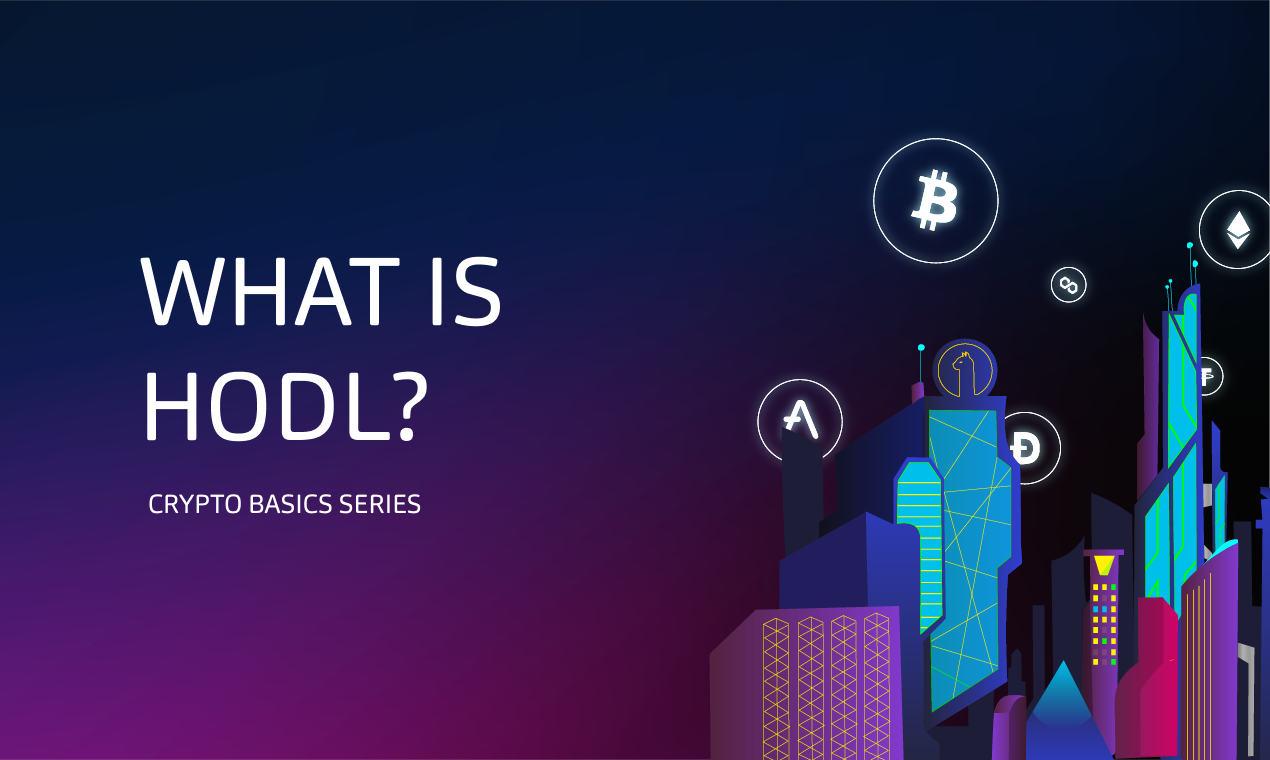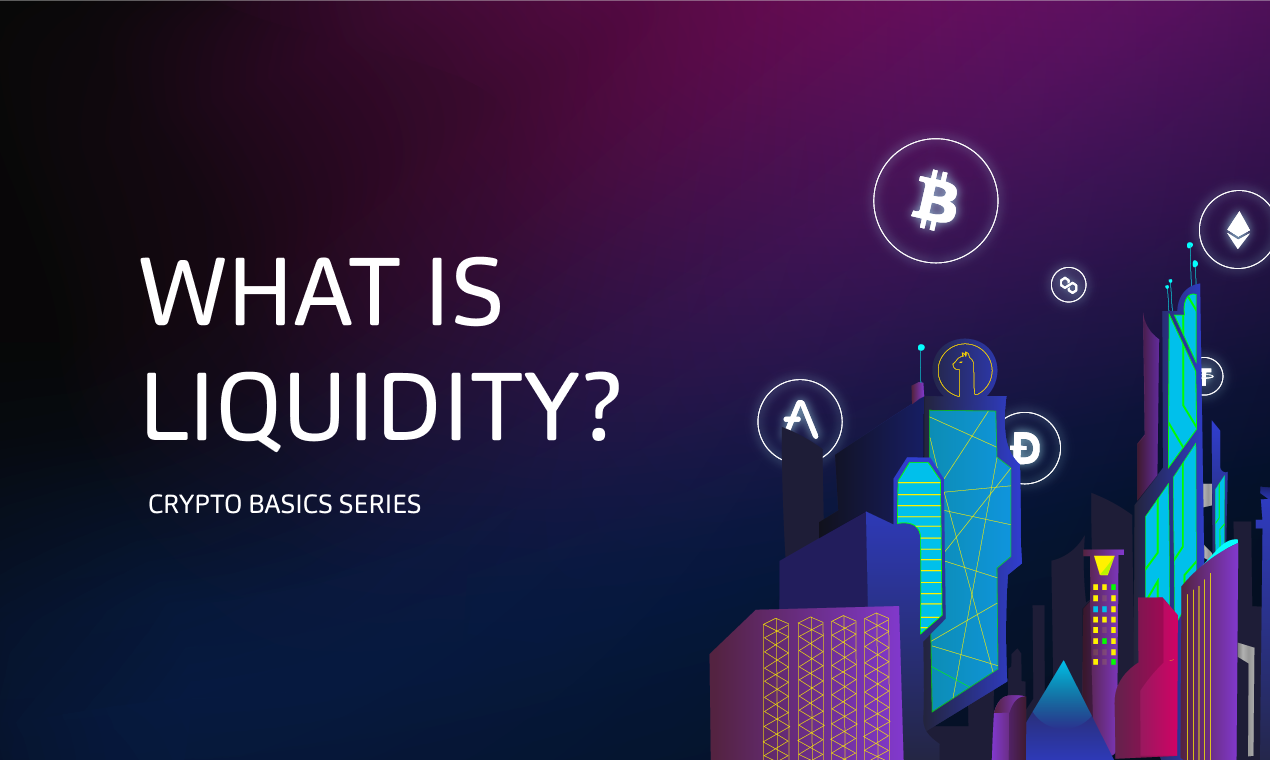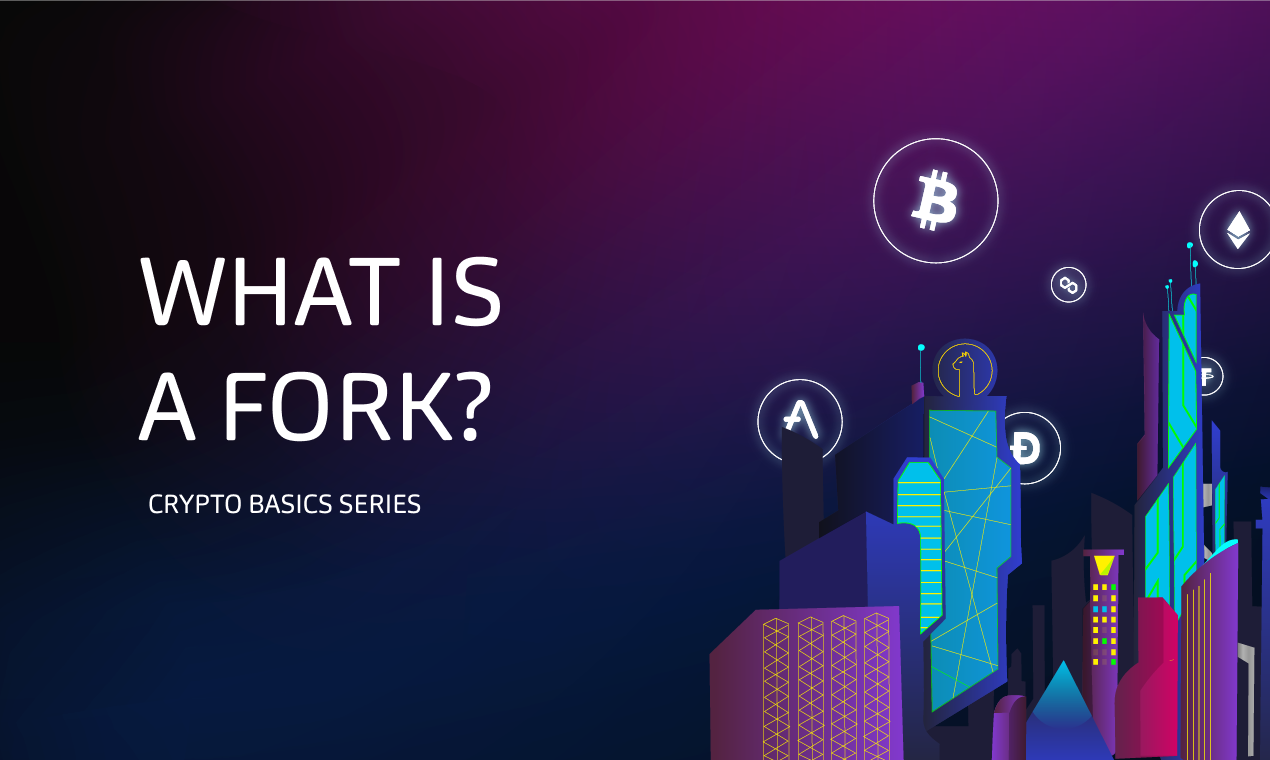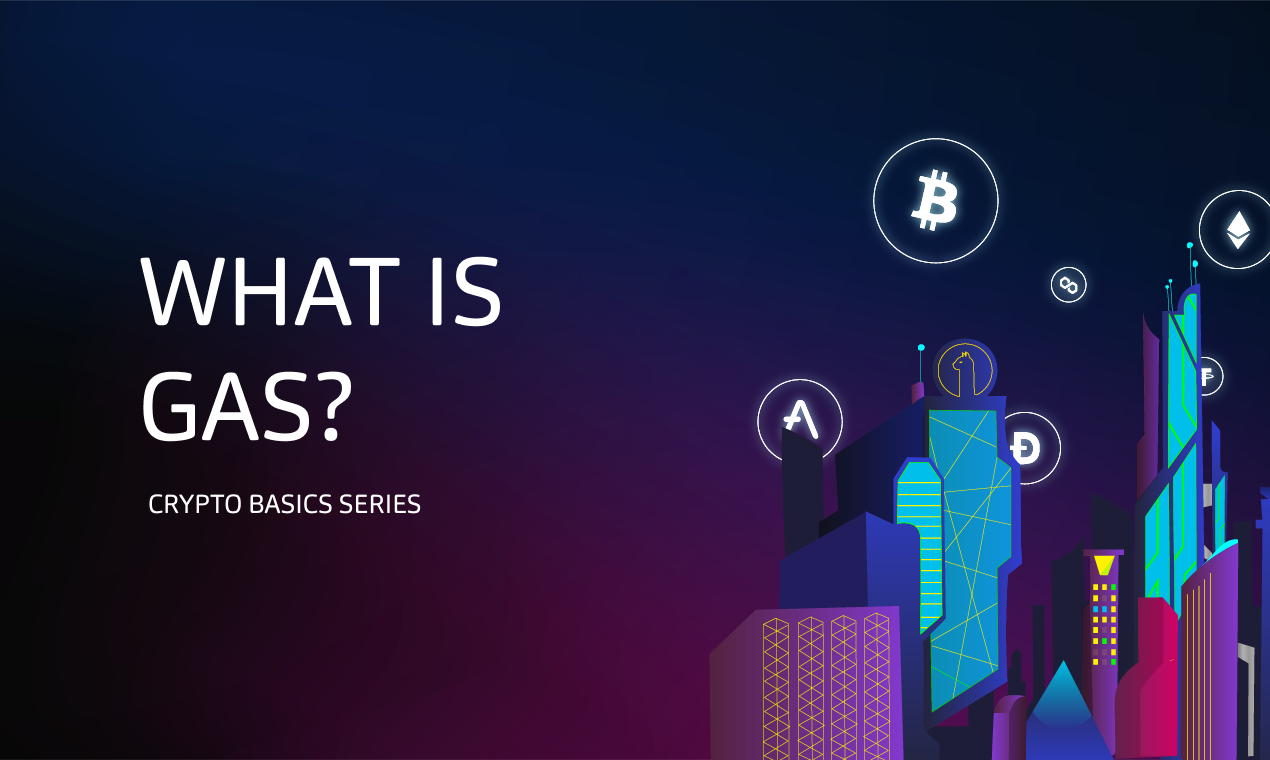
Please note that this article is for general informational purposes only. All screenshots are for illustrative purposes only. The views and opinions expressed are those of the author and do not reflect or represent the views and opinions of Alpaca. Alpaca does not recommend any specific securities, cryptocurrencies or investment strategies.
When most people think of cryptocurrency, the first thing that comes to mind is a roller coaster of price volatility. However, not all cryptocurrencies are volatile. In fact, an entire category of cryptocurrencies offers price stability.
Stablecoins are pegged to the value of a particular fiat currency (or sometimes the price of gold). Because U.S. dollars are the reserve currency of most of the planet, the top stablecoins are pegged to the U.S. dollar.
Several dollar-pegged stablecoins are actually backed by a reserve of U.S. dollars. Others are backed by cryptocurrencies such as Ethereum. Terra – not to be confused with Tether – is one of the largest issuers of stable coins. Terra recently announced that it will purchase $10 billion in Bitcoin reserves to back its UST stablecoin.
Benefits of Stablecoins
Stablecoins were introduced to give users price stability relative to other crypto assets, while still taking advantage of the benefits of blockchain technology.
Traditional banks are not involved
Besides reduced price volatility, stablecoins allow transactions to be made in U.S. dollars without going through banks.
Banking the unbanked
Crypto collateralized stablecoins run on smart contract-enabled blockchains such as Ethereum, which are essentially automated accounting systems. Others, such as Terra’s UST use dedicated blockchains.
Because stablecoins don’t run through the traditional banking system, holders don’t need a bank account. All that’s needed to receive and send stablecoins and other cryptocurrencies is internet access and a compatible crypto wallet. Billions of people across the globe are unbanked with no access to banking systems. In the U.S. alone, more than 22% of American adults (63 million) are either unbanked or underbanked.
Faster settlements
Payments made through traditional banks can take days to settle. Cross-border payments can take even longer. Because banks aren’t involved, stablecoin payments can be faster, sometimes settling in seconds.
Fast and cost-efficient international payments
Stablecoins can also help simplify cross-border payments. In addition to being slow, international transactions can be quite expensive. By sending dollars in the form of stablecoins, users can save time and money.
Stablecoins are programmable money
Because stablecoins are made possible by smart contracts, they're considered to be “programmable money.” Escrow payments and royalty payments are automatic and do not require a trusted third party — again helping to speed up the process and lowering the costs.
Peer-to-peer lending
Programmable stablecoins allow for peer-to-peer lending opportunities. Individual lenders can earn interest by loaning their assets. Examples of crypto lending platforms include BlockFi and Celsius.
High-interest staking rewards
Stablecoins help provide passive income through staking, which involves locking up funds in exchange for interest payment. This is also referred to as yield farming. Staking pools are valuable because they provide liquidity for stablecoins.
Risks of Stablecoins
Although stablecoins can provide holders with several potential benefits, there are also some risks involved.
On the website HackerNoon.com, blockchain developer Jimmy Song points out in his article titled, “Stablecoins: What you need to know”:
“The custodians of [stablecoins] can embezzle the money somehow. The bank could close the account and cause a drawn-out legal battle. The dollars could be fractionally reserved instead of fully backed, in which case a bank run could cause the price of the coin to drop dramatically.”
In his article, Song also discusses potential algorithmic manipulations:
“Bonds bought in Basis could expire without paying anything. There are software updates to consider and the centralized development team could introduce a bug that could ruin the monetary policy.”
And according to a post on CoinDesk.com:
“The reserves of these stablecoins, however, may not be subject to rigorous audits and the quality and quantity of collateral may not, in some cases, correspond to the issuer’s claims. Likewise, stablecoins that maintain their value through algorithmic mechanisms are potentially subject to failure due to market pressures, operational failures and other risks.”
These risks associated with stablecoins need to be weighed against the potential returns.
Top 5 Stablecoins by Market Cap
The top five stablecoins by market capitalization are Tether’s USDT, Centre’s USD Coins, Binance’s BUSD, Terra’s UST, and MakerDAO’s DAI.
Tether boasts a market cap north of $80 billion and has the highest trade volume of the five stablecoins. Both USDC and BUSD are minted by crypto exchanges Coinbase and Binance, respectively. UST is minted on Terra’s stablecoin-focused blockchain.
Top five stablecoins by market cap as of March 29, 2022
Here’s a quick overview of the five top stablecoins, their market caps, exchanges on which they can be purchased, and some of the staking rewards.
Note: for staking rewards, the conditions and lockup period vary from platform to platform. Visit each platform for current staking requirements and rates.
Market cap source: CoinMarketCap.com
1. Tether (USDT)
Tether is the first and most widely used stablecoin today. Created in 2014, the Tether coin was initially launched on the Bitcoin blockchain but has since migrated to other platforms like Ethereum.
In early 2017, Tether was minting more USDT than it had dollars backing it up. By mid-2018, fraud allegations began to pile up and the price of USDT fell to 85 cents.
Since then, Tether has addressed the issue. Today, USDT is backed by U.S. dollars and the price has stabilized.
- USDT market cap: $78.6 billion, as of January 2022
- Trading USDT: Tether trades on several top crypto exchanges including Binance, BitFinex, Kraken.
- Website: https://tether.to/
2. Binance USD (BUSD)
Binance launched its BUSD stablecoin in partnership with Paxos in 2019. BUSD is collateralized: 1:1 with U.S dollars and is approved by the New York State Department of Financial Services (NYDFS).
- Market cap: $17.7 billion, as of April 11, 2022
- Website: https://www.binance.com/en/busd
- Trading BUSD: Binance, Binance US, Constant, etc.
3. USD Coin (USDC)
Founded in 2018, USD Coin was developed by Centre, a joint project by Coinbase and Circle. Coinbase is one of the top crypto exchanges and a publicly-traded company. In addition to being a popular safe haven from crypto volatility, the Circle USDC application provides users with all of the functions of a traditional banking system. In fact, banks are easily able to mint USDC. Circle has partnered with financial giants such as Goldman Sachs, Bitmain, Blockchain Capital, and others.
- USDC market cap: $50.8 billion, as of April 11, 2022
- Trading USDC: In addition to Coinbase, USDC is traded on Poloniex, Binance, KuCoin, Okex, Bit-Z, and many other crypto exchanges.
- Website: https://www.centre.io/
4. UST Terra
The Terra blockchain was built specifically for the purpose of minting stablecoins. It was launched in 2020 in South Korea by Terra Labs. In addition to UST, Terra has a significant number of Asian currency stablecoins. The Terra team has considerable backgrounds in e-commerce, software development, and business development. Terra’s UST is an algorithmic stablecoin — $1 worth of the reserve asset $LUNA is burned for each UST minted.
- UST market cap: $16.8 billion, as of April 11, 2022
- Trading UST: UST currently trades on Binance, Kucoin, OKX, Osmosis, Uniswap v3, FTX, Huobi Global, Kraken, AAX, Coinbase Pro, and others
- Website: https://www.terra.money/
5. DAI Stablecoin
Launched in 2017, DAI is an Ethereum-based stablecoin issued on MakerDAO platform. DAI users must purchase and stake an equal value (in USD) of Ethereum tokens. DAI is stabilized via factors such as collateralized debt positions (CDPs), autonomous response mechanisms, and external economic incentives.
- DAI market cap: $9.18 billion, as of April 11, 2022
- Trading DAI: Binance, Coinbase, Kucoin, HitBTC, Coinhub, Etfines, Gate.io, DDEX, OasisDex, and others
- Website: https://makerdao.com/en/dai/
Please note that this article is for informational purposes only. The example above is for illustrative purposes only. Actual crypto prices may vary depending on the market price at that particular time. Alpaca Crypto LLC does not recommend any specific cryptocurrencies.
Cryptocurrency is highly speculative in nature, involves a high degree of risks, such as volatile market price swings, market manipulation, flash crashes, and cybersecurity risks. Cryptocurrency is not regulated or is lightly regulated in most countries. Cryptocurrency trading can lead to large, immediate and permanent loss of financial value. You should have appropriate knowledge and experience before engaging in cryptocurrency trading. For additional information please click here.
Cryptocurrency services are made available by Alpaca Crypto LLC ("Alpaca Crypto"), a FinCEN registered money services business (NMLS # 2160858), and a wholly-owned subsidiary of AlpacaDB, Inc. Alpaca Crypto is not a member of SIPC or FINRA. Cryptocurrencies are not stocks and your cryptocurrency investments are not protected by either FDIC or SIPC. Please see the Disclosure Library for more information.
This is not an offer, solicitation of an offer, or advice to buy or sell cryptocurrencies, or open a cryptocurrency account in any jurisdiction where Alpaca Crypto is not registered or licensed, as applicable.





